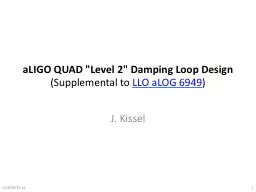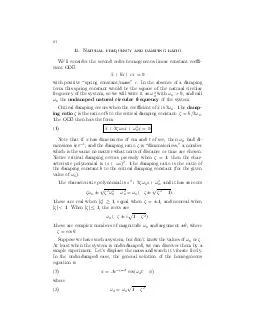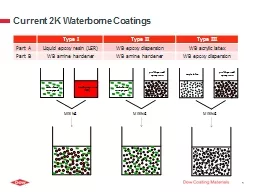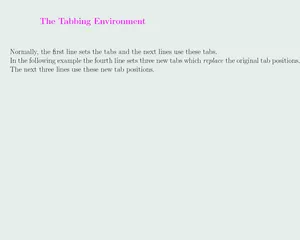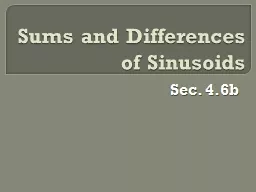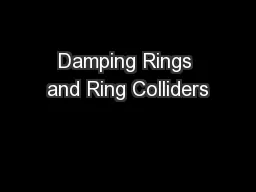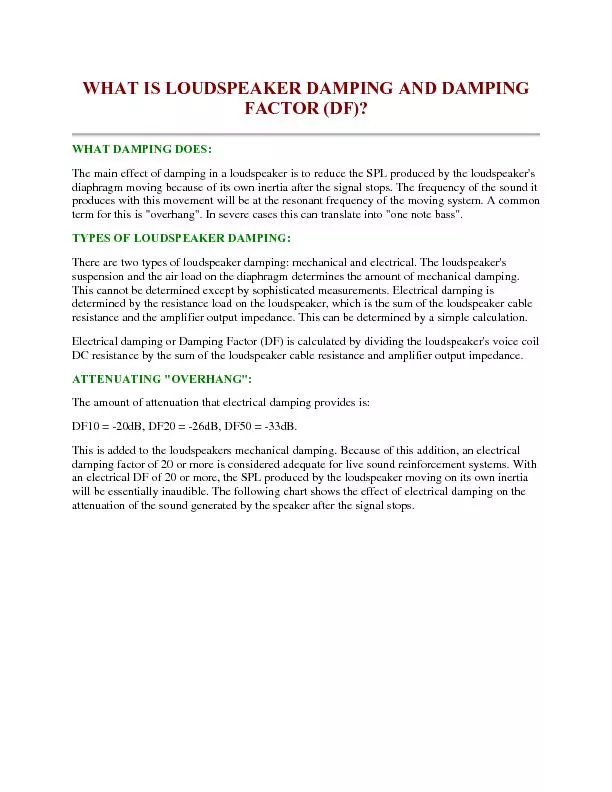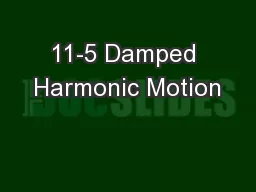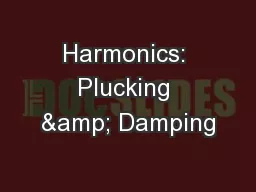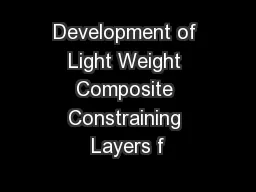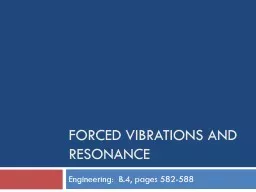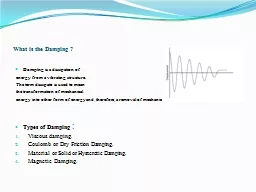PPT-aLIGO QUAD "Level 2" Damping Loop Design
Author : greyergy | Published Date : 2020-08-26
Supplemental to LLO aLOG 6949 J Kissel G1300537v2 1 G1300537v2 2 aLIGO QUAD Level 2 Damping Loop Design Mission Statement The damping loops installed during the
Presentation Embed Code
Download Presentation
Download Presentation The PPT/PDF document "aLIGO QUAD "Level 2" Damping Loop Design" is the property of its rightful owner. Permission is granted to download and print the materials on this website for personal, non-commercial use only, and to display it on your personal computer provided you do not modify the materials and that you retain all copyright notices contained in the materials. By downloading content from our website, you accept the terms of this agreement.
aLIGO QUAD "Level 2" Damping Loop Design: Transcript
Download Rules Of Document
"aLIGO QUAD "Level 2" Damping Loop Design"The content belongs to its owner. You may download and print it for personal use, without modification, and keep all copyright notices. By downloading, you agree to these terms.
Related Documents

